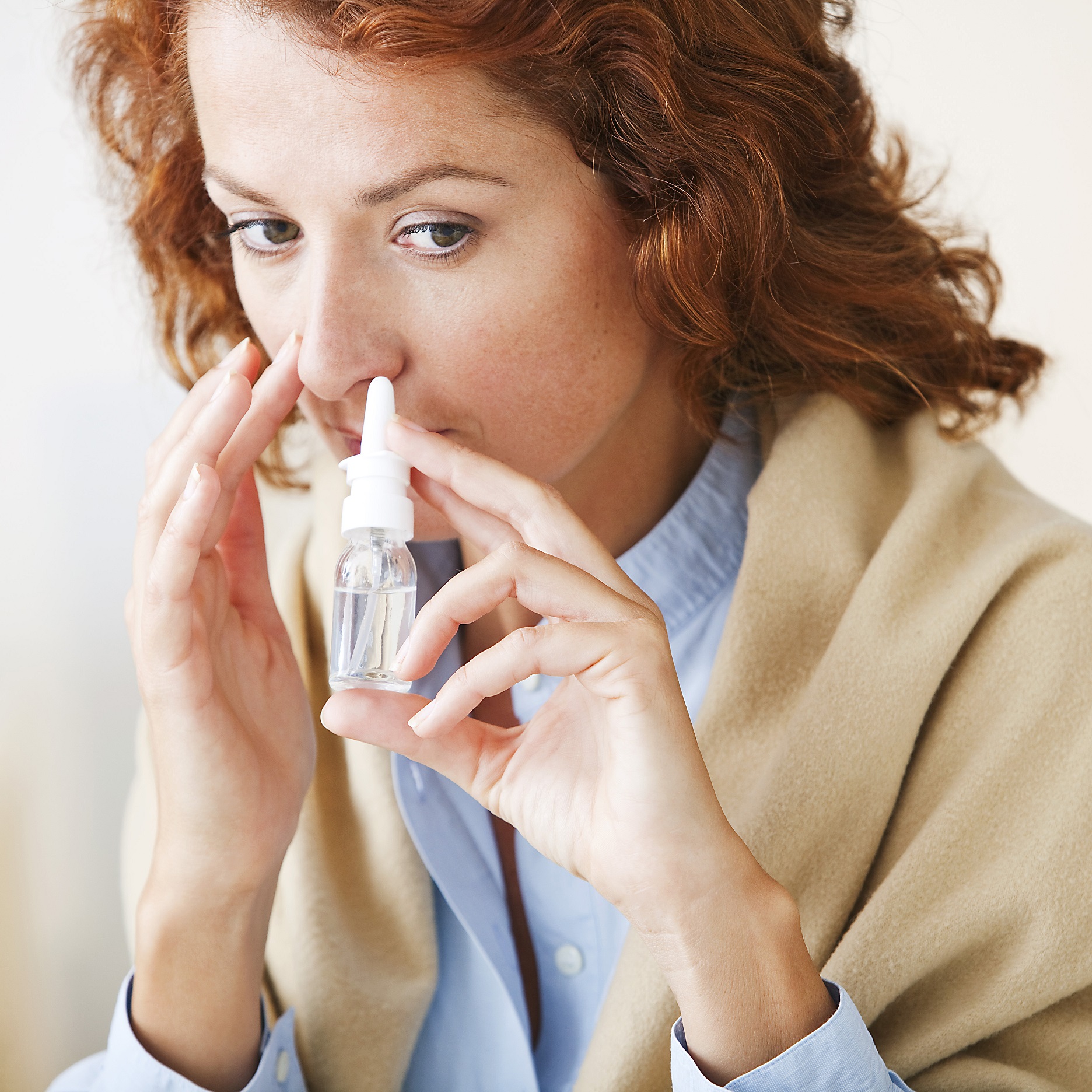07 June 2022

A new study reporting small amounts of the designer drug methcathinone in South Australia’s wastewater could have more do with allergy medication and laundry detergents than illegal drug taking.
That’s the finding from University of South Australia epidemiologists who say that persistent traces of the banned recreational drug in local water catchments are more likely due to the oxidation of pseudoephedrine and sodium percarbonate in the sewerage system.
In an article published in Science of the Total Environment, the researchers investigated why low levels of methcathinone were appearing in the State’s wastewater consistently, rather than sporadically, which would be more consistent with typical designer drug use.
The most plausible explanation is that methcathinone can result from the degradation of pseudoephedrine that is used to relieve nasal or sinus congestion. The conversion is promoted by chemical reagents in household bleach and detergents containing percarbonate.
UniSA wastewater epidemiologist Associate Professor Cobus Gerber says methcathinone is one of the most common designer psychoactive substances found in wastewater in Australia, North America, parts of Europe and China.
“It’s an illegal stimulant that can have devastating consequences, including neurotoxic effects such as tremors, convulsions, agitation and insomnia,” Assoc Prof Gerber says.
“Because methcathinone can be synthesised from over-the-counter cold remedies containing pseudoephedrine, as well as the in-sewer oxidation by bleach and percarbonate, it can be difficult to determine the source of its presence in our wastewater.
“Normally, consumption of these designer recreational drugs is sporadic, supply driven and sourced through online shopping. It doesn’t follow a consistent pattern, which prompted us to investigate further. It is probably the only illegal drug found in wastewater that can also be attributed to prescribed medication.”
A total of 448 wastewater samples were collected and analysed from eight treatment plants in South Australia between June 2020 and August 2021. In all cases, the proportion of methcathinone to pseudoephedrine (1.53 per cent) was relatively constant, backing up the scientists’ theory.
Notes for editors
“Methcathinone in wastewater: Drug of choice, or artefact?” is published in Science of the Total Environment. For a copy of the paper email candy.gibson@unisa.edu.au
Contact for interview: Assoc Prof Cobus Gerber M: 0423 496 066 E: cobus.gerber@unisa.edu.au
Media contact: Candy Gibson M: +0434 605 142 E: candy.gibson@unisa.edu.au



